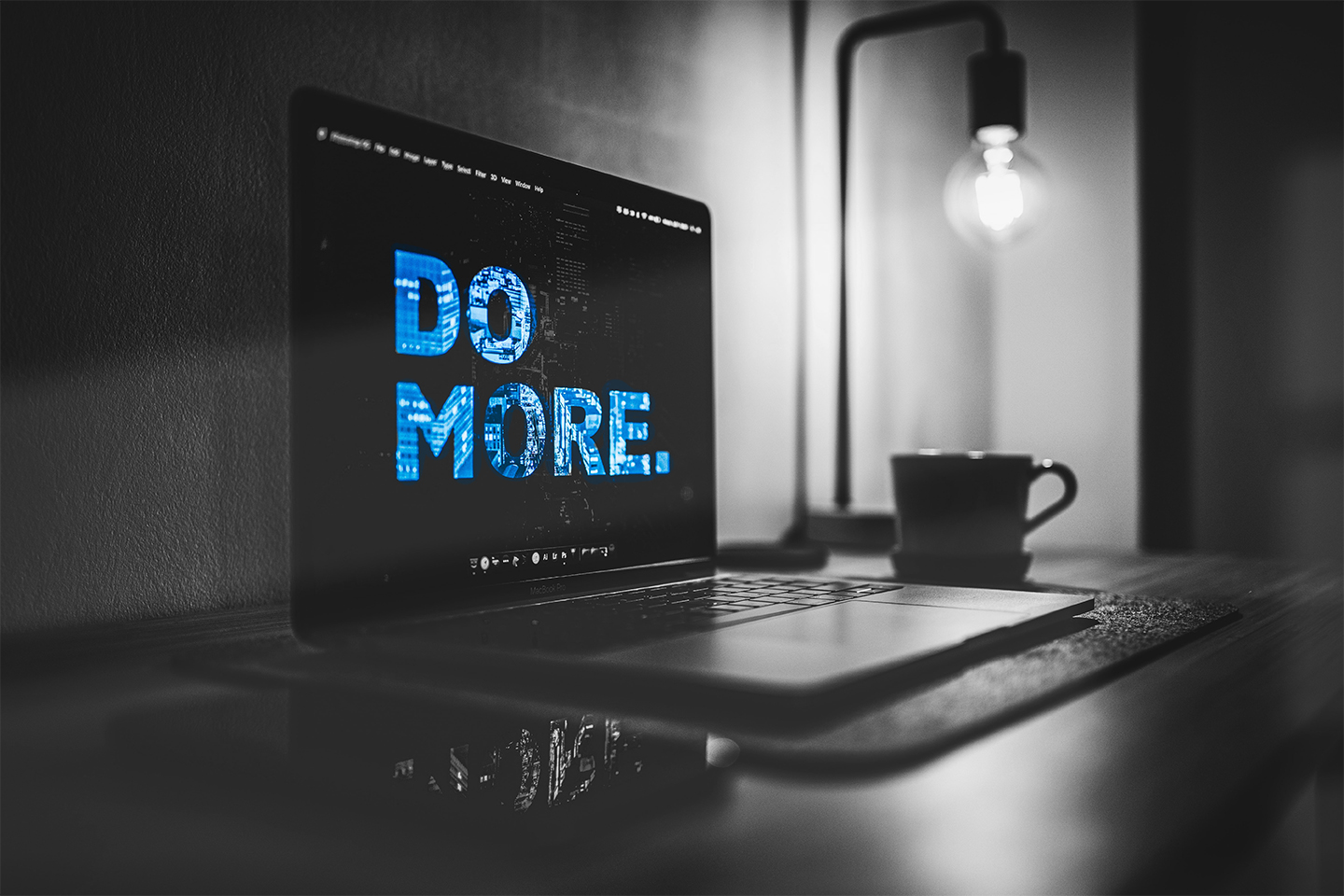 As an organization that is committed to the idea that work shouldn’t suck (ever), we were excited and hopeful about the future discussions that surround inclusivity and diversity. Given recent media attention regarding Black Lives Matter in the aftermath of George Floyd’s death, we had more than a dozen inquiries into our training and investigation experience in a 48-hour period.
As an organization that is committed to the idea that work shouldn’t suck (ever), we were excited and hopeful about the future discussions that surround inclusivity and diversity. Given recent media attention regarding Black Lives Matter in the aftermath of George Floyd’s death, we had more than a dozen inquiries into our training and investigation experience in a 48-hour period.
But as more organizations started to dip their toe into the waters, we unfortunately saw just as many recede.
As business leaders, you have the power to make some real change. If you’ve found yourself saying one (or more) of the bolded comments below, you’re not alone – but we also hope we can change your mind!
I wouldn’t even know where to start. I mean I feel like we’re pretty good. It doesn’t feel like a problem here.
First off – we want you to know it’s ok to not know where to start or how to start. It’s true – there is no magic bullet; if diversity and inclusivity practices were simple, everyone would be doing it. This is more than a feeling; it’s about bringing the unconscious to the conscious and it begins with a conversation. We encourage you to solicit feedback from your whole organization (use surveys or just start the conversation) by simply asking: “Is this a safe and inclusive work environment?” Remember not everyone may feel comfortable at first to speak out but it should be a continuous conversation and commitment that provides a platform to speak up and make a real change. At Elevated, we’ve made this just a standing part of our weekly company agenda and the raw and real conversations we have had had (even in an HR firm) have genuinely been life changing. And it didn’t cost a thing!
When you can calculate the ROI, then let’s talk. Right now, it doesn’t seem like a good investment.
Actually, McKinsey did a study and it showed that an investment in an inclusive culture that attracts diversity (specifically, an ethnically diverse population), was 35% more likely to outperform their national industry median. We’d say that’s a pretty good return on investment. Plus, most of the activities don’t actually cost anything but your commitment. So the investment is honestly exponential.
We have a diversity statement in our handbook. We’re good.
But are you? We read so many policies that check boxes and in return, we know so many employees who have no clue what it actually says (or means). A policy is nothing more than values on the wall that your employees can’t articulate because your marketing department thought they sounded cool. Ideas to put your policy into motion include:
- Measuring your company demographics and understanding the makeup of your team and comparing it to local census data
- Look at your hiring conversion data.
For example, do underrepresented groups do well in the phone interview but fail when they meet the in person interview? Have you ever looked into why? Information is power; and the action of understanding data and analytics demonstrates you walk your talk (or policy). And yes – you have to track it to ensure that your policy is doing what it says it will.
We’ll wait till we have a problem. Why rock the boat now?
Because anything you do at that point (the point of a real problem) will be viewed as disingenuous and could hurt a whole lot more than your pocketbook. Think about your brand reputation, both as a product but also just as an employer. Why do you want to be the company that has to do something because you put your head in the sand? Rather – be the company that admits that they need to learn, do the learning and then implement some new ideas prior to a problem even starting. Don’t just be on the boat, be the captain of the ship!
I don’t want to say the wrong thing. When you do, it seems like people (or the media) could jump all over you.
You’re right. We’ve seen some backlash against organizations that “may” have had good intentions, but it certainly wasn’t received as such. A key step is to evaluate impact over intention. I may have moved out of the way as you were falling to avoid you getting hurt (intention), but given that you’re now on the ground, bleeding (impact), had I stayed in the same spot, neither of us would be in this position. Impact > Intention. Stephanie Pollock, a local coach in Calgary has a great article that really articulates why we always need to be thinking impact first (and that honestly, intention means nothing!)
The bottom line? Diversity and inclusivity programming isn’t just the “in” thing to do right now; nor should it be a marketing tactic or a flavour of the month. Our world needs to embrace and celebrate diversity; in background, in culture, in ethnicity, in gender and sexual identity as well as thought. We need inclusive practices in our workforce to make sure we can capitalize on the gift that diversity truly brings. If COVID has taught us anything is that work can still get done, regardless of where we are or how we do it. It just needs a bit of innovation and creativity.
We can make a difference. Even in our lifetime.
